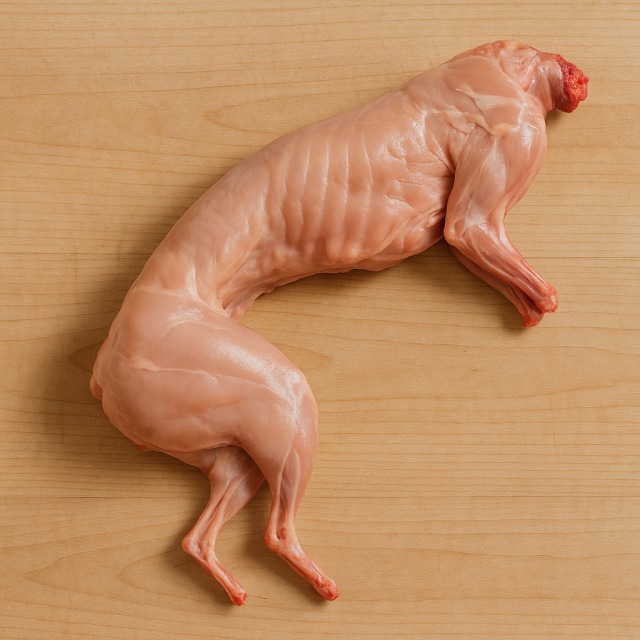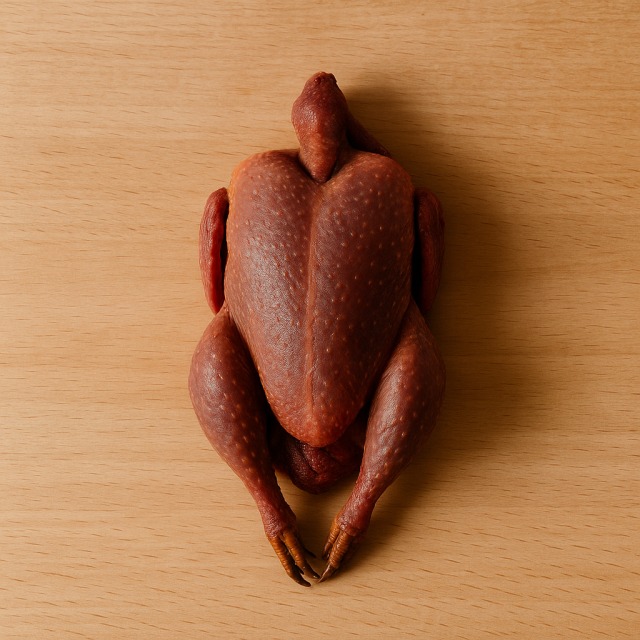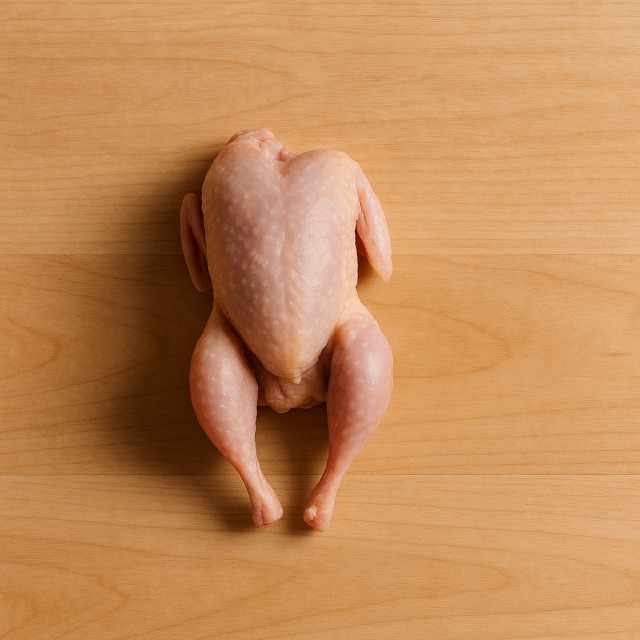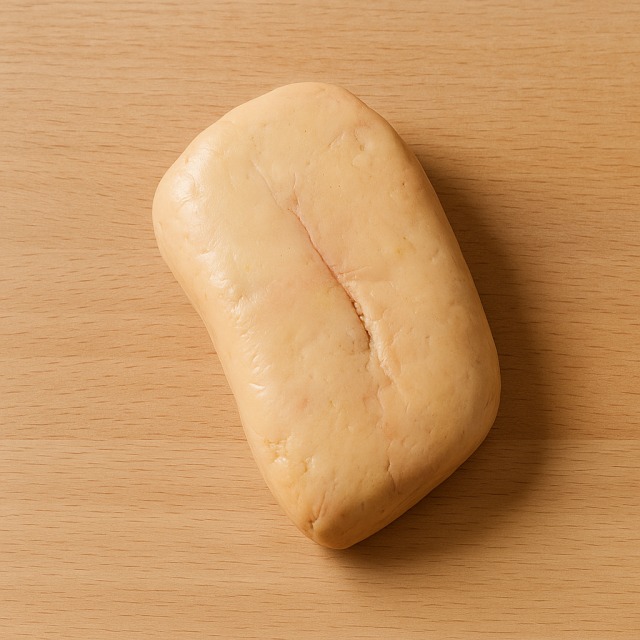Calorie Chart / Meat & Eggs / Capon
How Many Calories Are in Capon?
Calculation of the nutritional value & Recommended Dietary Intake of capon
For g and a calorie requirement of kcal
| Calories 345 kcal | Proteins 26 g | Lipids 27 g | Carbohydrates 0 g |
| 17% | 35% | 40% | 0% |
Health benefits of capon

Capon - 100g
Calories 230 kcal
Proteins 17 g
Lipids 18 g
Carbohydrates 0 g
With about 230 calories per 100 g, capon is considered a high-calorie poultry option, richer in fat and flavour than standard chicken. Those calories come with 17 g of high-quality proteins that contribute to muscle maintenance and satiety.
Capon supplies significant amounts of B-group vitamins, especially vitamin B3 (niacin) and vitamin B6, both involved in energy metabolism – a useful point to remember when you are counting calories. The meat also brings vitamin B12, which supports red-blood-cell formation, and small quantities of vitamin E, an antioxidant.
On the mineral side, you will find phosphorus for bone health, selenium with antioxidant properties, and appreciable levels of zinc and iron. While the calorie content is higher than that of a lean chicken breast, capon offers a juicier texture thanks to its 18 g of lipids per 100 g, including mono- and polyunsaturated fats.
Capon has a long culinary history: in Ancient Rome, the practice of castrating roosters was adopted to obtain tender, succulent meat that justified the additional calories served at banquets. In France, it became a festive dish for Christmas and New Year, prized for its delicate flavour.
Tips for incorporating capon into a balanced diet
Because capon is high in calories, balance the plate with light sides. Roast it with a garnish of steamed broccoli and a portion of brown rice; the fibre and complex carbohydrates help moderate the overall calorie load and provide steady energy.
For a festive menu, try capon stuffed with chestnuts and apple dices: the fruit's natural sweetness reduces the need for rich sauces, keeping extra calories in check. Leftover meat works wonderfully in a light salad with arugula, pomegranate seeds and a yogurt-based dressing.
If you crave a sauce, replace traditional cream with a purée of roasted cauliflower to obtain creaminess without many additional calories. Alternatively, shredded capon can enrich a homemade pasta soup while boosting proteins without multiplying calories per serving.
Remember: pair this festive poultry with plenty of colourful vegetables just like you would serve duck breast or leg of lamb to keep calories under control and create a nutritionally balanced dish.
Frequently Asked Questions
- How many calories are in capon?
- There are 230 kcal per 100 g.
- Is capon fattier than chicken?
- Yes. Capon contains about 18 g of fat per 100 g, making its calories higher than those of ordinary chicken.
- Which cooking method keeps calories lowest?
- Oven-roasting on a rack lets excess fat drip away, reducing the final calories compared with pan-frying or deep-fat methods.
- Can athletes include capon in a high-protein diet?
- Absolutely. Despite its calories, capon provides 17 g of proteins per 100 g, useful for muscle recovery; just adjust portion size.
- Is the skin responsible for many of the calories?
- Yes. Most of the extra calories and saturated fat are in the skin; removing it before eating can cut the calorie count by roughly 30%.
- How does capon compare with turkey in calories?
- Turkey averages 135–160 kcal per 100 g, so capon delivers noticeably more calories because of its higher fat content.
Similar foods
Information provided by Calorie Menu may contain inaccuracies or errors. It cannot, under any circumstances, substitute medical advice or medication.










